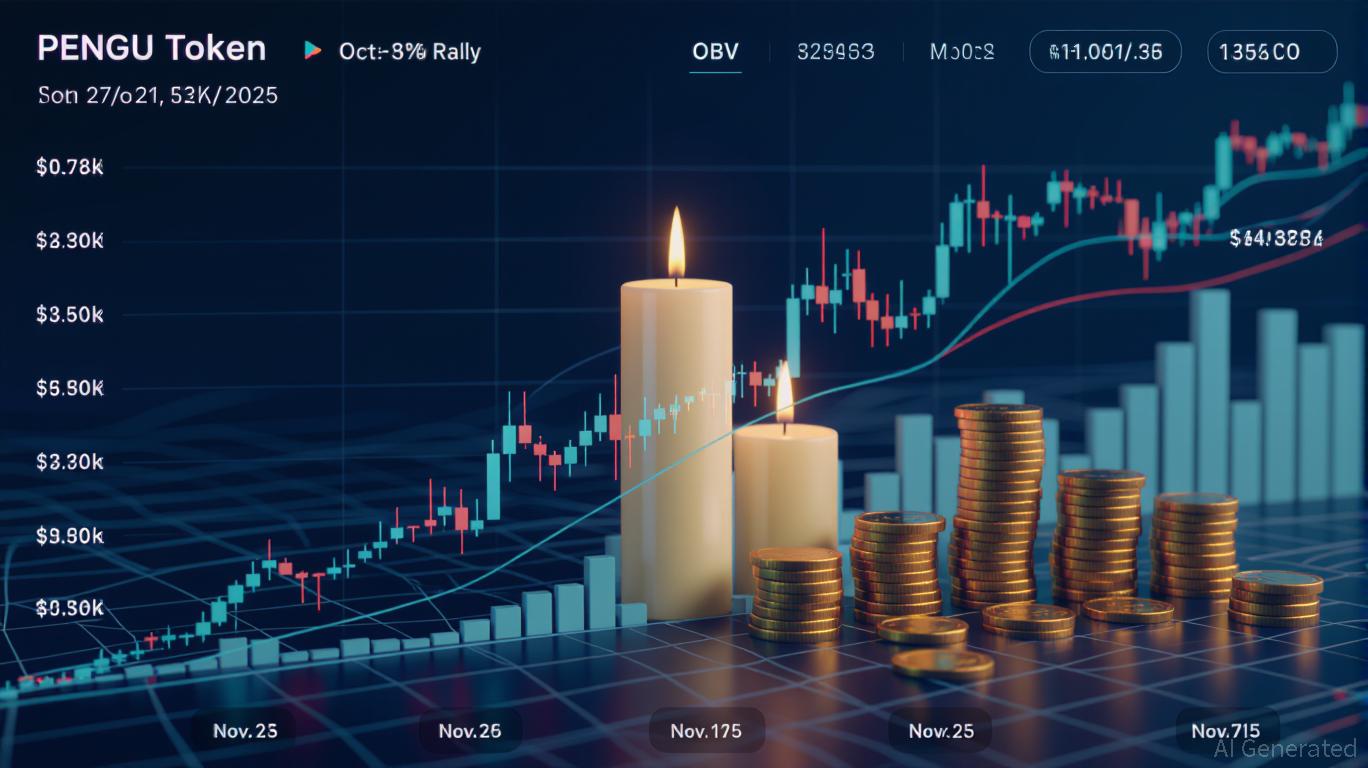Brazil's Cryptocurrency Regulations: Combating Scams or Raising Concerns Over Surveillance?
- Brazil's central bank mandates $7M+ capital reserves for crypto firms, classifying stablecoin trades as FX operations under new 2026 rules. - VASPs must obtain BCB licenses by November 2026, with capital requirements varying from $2M to $7M based on business type. - Stablecoin transactions now require FX-style documentation, while self-custody wallet transfers face enhanced AML tracking and owner verification. - Critics warn of privacy risks and "total surveillance," but officials highlight consumer prot
Brazil Implements $7 Million Crypto Reserve Requirement and Foreign Exchange Restrictions
The Central Bank of Brazil has rolled out comprehensive new rules that bring the nation’s crypto industry under strict financial oversight, compelling companies to maintain capital reserves of up to $7 million and designating stablecoin dealings as foreign exchange transactions. These regulations, which take effect on February 2, 2026, are intended to fight money laundering, boost transparency, and more closely integrate digital assets with the mainstream financial sector, all while encouraging innovation and managing risks, according to a
The regulatory package, detailed in Resolutions 519, 520, and 521, requires virtual asset service providers (VASPs)—such as exchanges, custodians, and brokers—to secure a license from the Banco Central do Brasil (BCB) by November 2026 or halt their operations. The minimum capital thresholds depend on the type of business: exchanges and brokers must hold at least 37.2 million reais ($7 million), custodians need 18.6 million reais ($3.5 million), and other providers are required to have 10.8 million reais ($2 million), as outlined in a

The central bank stressed that these initiatives are meant to "curb scams, fraud, and the misuse of virtual asset markets for money laundering," said regulation director Gilneu Vivan, as referenced in the
Responses from the crypto community have been divided. While authorities point to improved consumer safeguards and greater legal clarity, opponents argue the measures amount to "total surveillance," potentially undermining privacy and stifling innovation, as noted in a
The transition period, which gives companies until May 2026 to update their reporting processes, allows major players like Mercado
As Brazil works to formalize its crypto landscape, these regulations also pave the way for the forthcoming digital real (Drex) central bank digital currency, which seeks to emulate the efficiency and openness of cryptocurrencies, as reported by a
Disclaimer: The content of this article solely reflects the author's opinion and does not represent the platform in any capacity. This article is not intended to serve as a reference for making investment decisions.
You may also like
What Factors Are Fueling the Rapid Popularity of Hyperliquid, the Emerging Trading Platform?
- Hyperliquid captured 73% of decentralized perpetual trading volume in Q3 2025, driven by $303B in trading volume and $5B TVL growth. - Retail demand fueled by 20x leverage on BTC/XRP and HIP-3 protocol optimization boosted $47B weekly volumes and $15B open interest. - Strategic partnerships like Felix HAUS agreement and 21Shares ETF filing expanded HYPE token utility while rejecting VC funding reinforced decentralization. - $10.8B HYPE token unlock poses 45% supply dilution risk, while competitors like A

PENGU Token's Latest Price Rally and Chart Patterns: A Brief Momentum Opportunity Among New Memecoins
- PENGU token surged 12.8% in 24 hours amid crypto rebound, driven by Bitcoin's 4.3% rise to $106,100. - Short-term bullish momentum emerged with 33% volume spike to $202M, but long-term bearish indicators persist via declining OBV and converging MACD. - Whale inflows ($157K) and a 13.69% token burn boosted optimism , though $7.68M in leveraged short positions highlight market volatility. - PENGU's price action reflects memecoin dynamics, balancing Bitcoin-linked risks with speculative potential from real-

UAE’s Digital Dirham: Shaping a Diverse Future for International Finance
- UAE completes first government transaction using Digital Dirham CBDC via mBridge platform, settling in under two minutes. - Pilot by UAE Ministry of Finance and Dubai Department of Finance validates cross-border and domestic payment capabilities without intermediaries. - Officials highlight CBDC's role in enhancing financial transparency, reducing settlement times, and advancing UAE's fintech leadership goals. - Global CBDC adoption grows with 137 countries exploring digital currencies, as UAE plans phas

Yen-backed Stablecoin Initiative May Challenge the Dollar’s Leading Role in Digital Finance
- JPYC, Japan's yen-pegged stablecoin issuer, plans to allocate 80% of 10-trillion-yen token proceeds to JGBs, aiming to fill gaps left by BOJ's stimulus tapering. - The strategy could reshape Japan's bond market as BOJ reduces its 50% JGB ownership stake, with JPYC CEO predicting global adoption of stablecoin-driven government bond demand. - Japan's FSA supports innovation through sandbox programs, including a pilot with major banks , while regulators warn stablecoins might divert funds from traditional b
